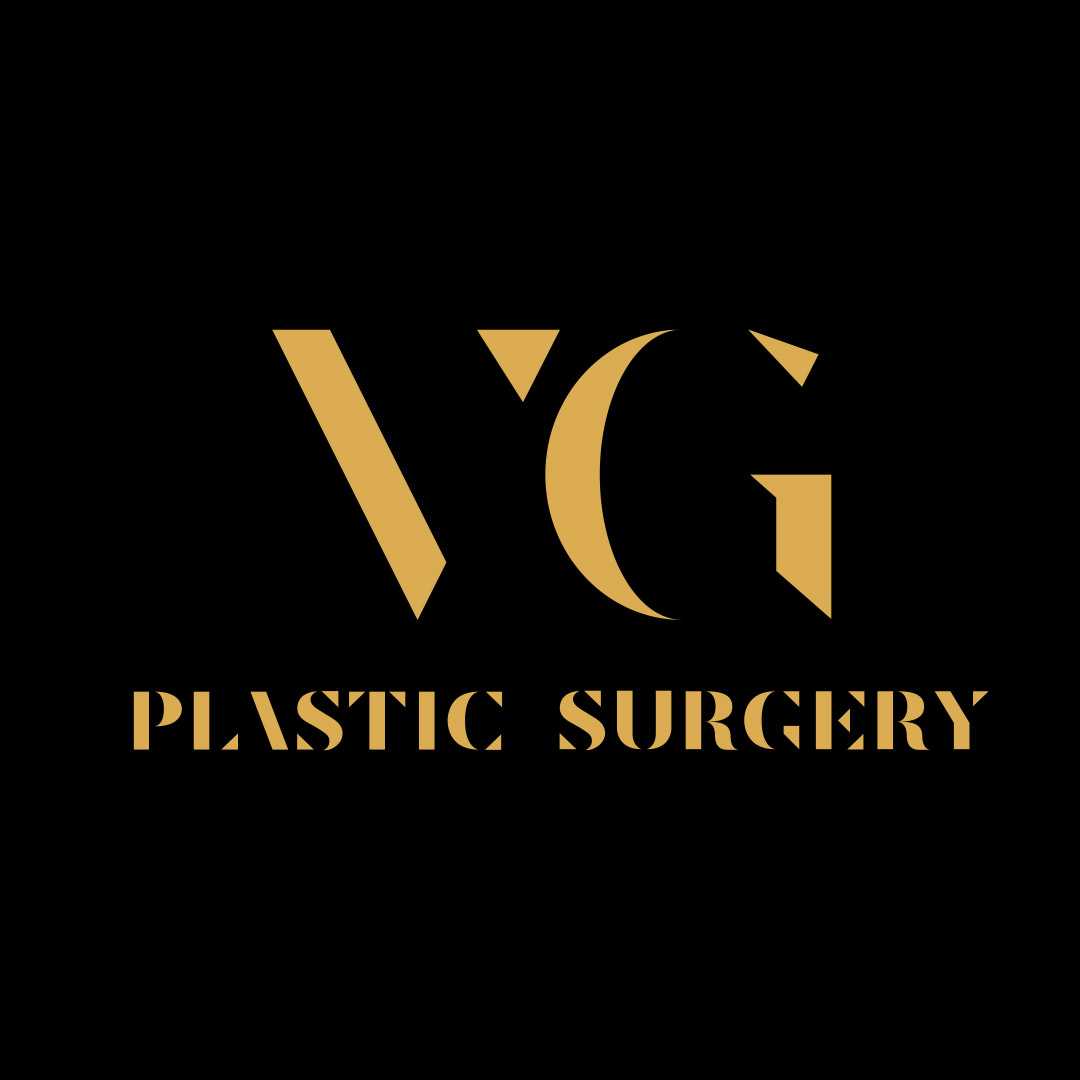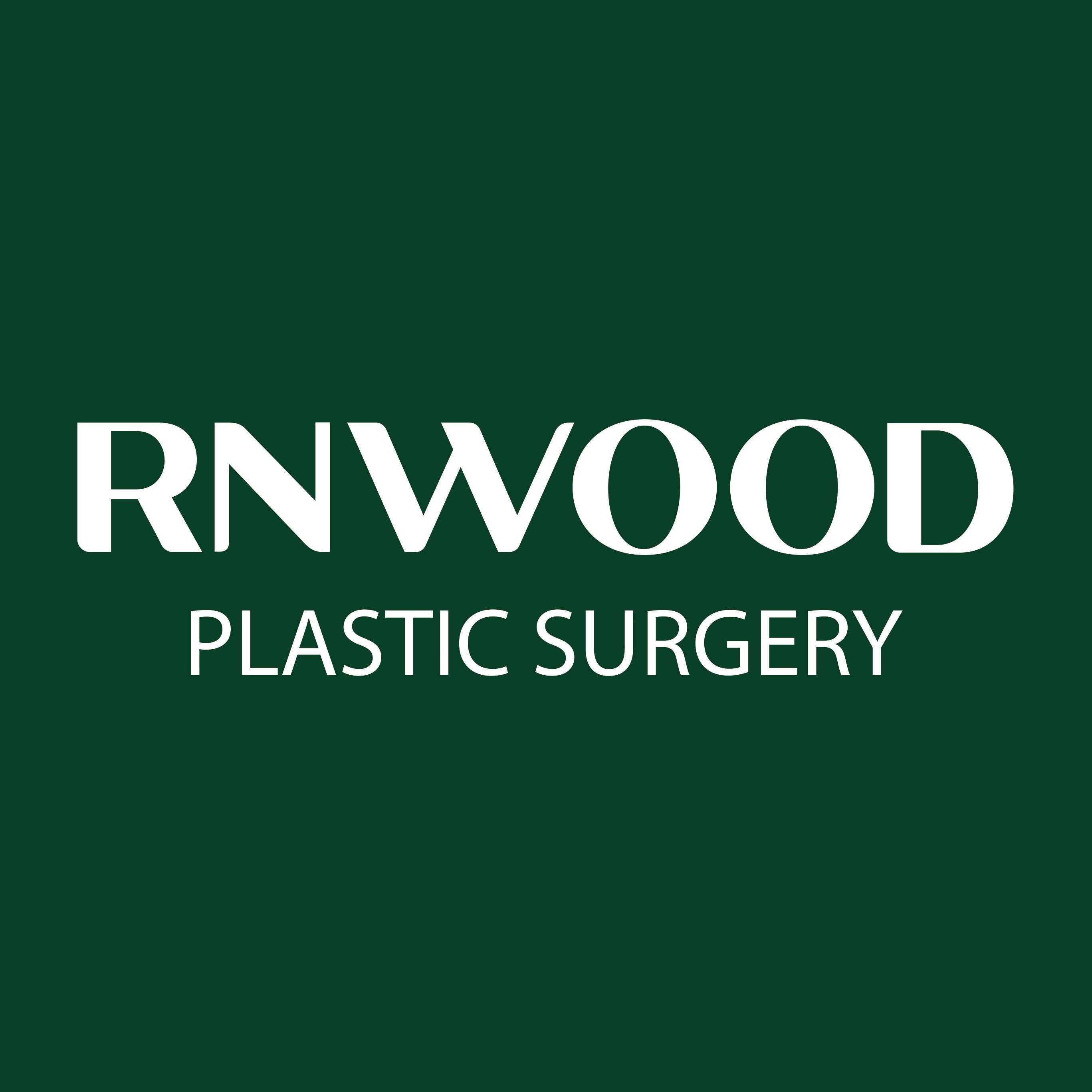Read This Before Eyelid Surgery in Korea: A Guide to the Risks
.png)
South Korea is widely hailed as the plastic surgery capital of the world, with double eyelid surgery (blepharoplasty) being one of the most commonly performed and refined procedures. Surgeons in Seoul are renowned for their meticulous techniques and artistic approach to creating natural-looking, beautiful eyelid creases. Thousands of international patients flock to the country each year, drawn by the expertise and advanced technology available. However, while South Korea offers some of the best outcomes globally, it's vital for prospective patients to understand that no surgery is without risks. A successful outcome depends not only on the surgeon's skill but also on the patient's clear understanding of the potential complications.
The risks of double eyelid surgery in South Korea are fundamentally the same as anywhere else in the world, as they are tied to the surgical procedure itself and the body's healing process. The key advantage of having the surgery in a top Korean clinic is the immense experience surgeons have with this specific procedure, which can significantly lower the incidence of error. Nevertheless, issues like asymmetry, scarring, and dissatisfaction with the aesthetic result can occur. This guide will provide a transparent and comprehensive overview of the potential risks and complications associated with blepharoplasty, helping you to set realistic expectations and make a safe, well-informed decision about your procedure in South Korea.
What are the most common aesthetic risks?
These are the risks that patients are often most concerned about, as they directly impact the cosmetic outcome. A successful surgery results in symmetric, natural-looking creases that complement the patient's overall facial features. When this doesn't happen, it can be due to several factors, including surgical technique or individual healing patterns.
- Asymmetry: This is the most frequent complaint. No two eyelids are perfectly identical even before surgery, but a noticeable difference in the height, shape, or depth of the created creases post-surgery is a significant risk. An experienced surgeon will measure meticulously to minimize this, but minor asymmetry can still occur due to subtle differences in facial anatomy and healing.
- Unnatural Crease Height/Shape: The crease might be created too high, leading to a "surprised" or "dolly-like" look, or too low, making it barely visible. The shape might also not match the patient's desire (e.g., a tapered vs. parallel crease). This risk is minimized through detailed pre-operative consultations where the surgeon uses a probe to simulate the desired crease.
- "Sausage" Eyelid (Thick Crease): This happens when the tissue just above the incision line appears puffy or swollen, resembling a small sausage. It can be a temporary part of healing but is a risk if too much tissue is left or if the incision is not made precisely.
- Loosening or Disappearing Crease: This is a more significant risk with the non-incisional (suture) method, especially in patients with thicker eyelid skin or a higher amount of orbital fat. The sutures holding the crease can loosen over time, causing the fold to weaken or disappear entirely.
Are there risks of visible scarring?
The primary trade-off between the incisional and non-incisional methods involves permanence versus scarring. The incisional double eyelid surgery provides a permanent crease but requires an external incision, which creates a scar. Korean plastic surgeons are masters of precision, and in most cases, the scar becomes a paper-thin, nearly invisible line hidden perfectly within the new eyelid fold once fully healed.
However, an individual's healing response plays a huge role. Some people are genetically predisposed to forming keloid or hypertrophic scars, which are thick, raised, and can be red or dark. It is crucial to inform your surgeon if you or your family have a history of such scarring. The non-incisional (suture) method avoids a long scar, using only tiny punctures for the sutures, making it an attractive option for those concerned about scarring. However, this method is not suitable for all patients, especially those with excess skin or fat that needs to be removed.
What are the functional risks to the eyelid?
Beyond aesthetics, the surgery can potentially impact the primary function of the eyelids, which is to protect the eyes. These complications are rare when the procedure is performed by a board-certified plastic surgeon but are important to be aware of.
- Dry Eye Syndrome: The surgery can temporarily disrupt the tear film and blinking mechanism, leading to or worsening symptoms of dry, gritty, or irritated eyes. This is usually temporary and manageable with artificial tears.
- Lagophthalmos: This is a condition where there is an inability to close the eyelids completely. It is a serious risk associated with removing too much skin during an incisional blepharoplasty. It can lead to severe corneal dryness and damage if not corrected.
- Ptosis: In rare instances, the levator muscle, which lifts the eyelid, can be damaged during surgery. This can cause the eyelid to droop, a condition known as ptosis, which would require corrective surgery.
- Suture Irritation: With the non-incisional method, a suture may sometimes poke through the skin, causing irritation or a small granuloma (pimple) to form. This is usually easily corrected by having the surgeon remove the offending stitch.
What are the general surgical risks?
These are risks inherent to any invasive procedure, whether it's performed in Seoul or anywhere else. Top-tier Korean clinics operate like hospitals and adhere to strict safety protocols to minimize these dangers.
- Infection: Any break in the skin carries a risk of infection. You will be prescribed antibiotics and given strict instructions on how to keep the area clean to prevent this. Signs of infection include increasing redness, swelling, pain, and pus-like discharge.
- Hematoma: This is a collection of blood under the skin. A large hematoma can cause pain and pressure and may need to be surgically drained. Following post-op instructions to avoid strenuous activity helps prevent this.
- Anesthesia Complications: Most double eyelid surgeries are performed under local anesthesia with sedation ("twilight sedation"). While generally very safe, there is always a minimal risk of an adverse reaction. Reputable clinics will have an anesthesiologist present to monitor you throughout the entire procedure.
How can I minimize the risks of my surgery in South Korea?
Patient responsibility plays a huge role in ensuring a safe and successful outcome. While South Korea has countless skilled surgeons, due diligence is essential.
- Choose the Right Surgeon: Do not be swayed by cheap prices or aggressive marketing. Look for a "Blepharoplasty Specialist" or a surgeon who is a member of the Korean Society of Plastic and Reconstructive Surgeons (KSPRS). Review their before-and-after photos, looking for results on patients with similar eye shapes to yours.
- Have a Clear Consultation: During your consultation, the surgeon should listen to your goals and also provide their expert opinion on what is realistically achievable and what would best suit your face. Be wary of any surgeon who promises a result that seems too good to be true.
- Be Honest About Your Medical History: Inform your surgeon of any medical conditions, allergies, medications you are taking, and whether you smoke or have a history of poor scarring.
- Follow Aftercare Instructions Religiously: The success of your surgery continues long after you leave the operating room. Following instructions on cleaning the incision, using prescribed ointments, avoiding exercise, and wearing sunglasses is critical for proper healing and minimizing complications like infection and scarring.
Ready to take the next step towards the eyes you've always wanted, safely and confidently? PlacidWay connects you with South Korea's most reputable, board-certified plastic surgeons specializing in double eyelid surgery. Get a free, personalized quote and start your journey with a trusted expert. Click here to explore your options with PlacidWay today!


.png)







.png)






Share this listing